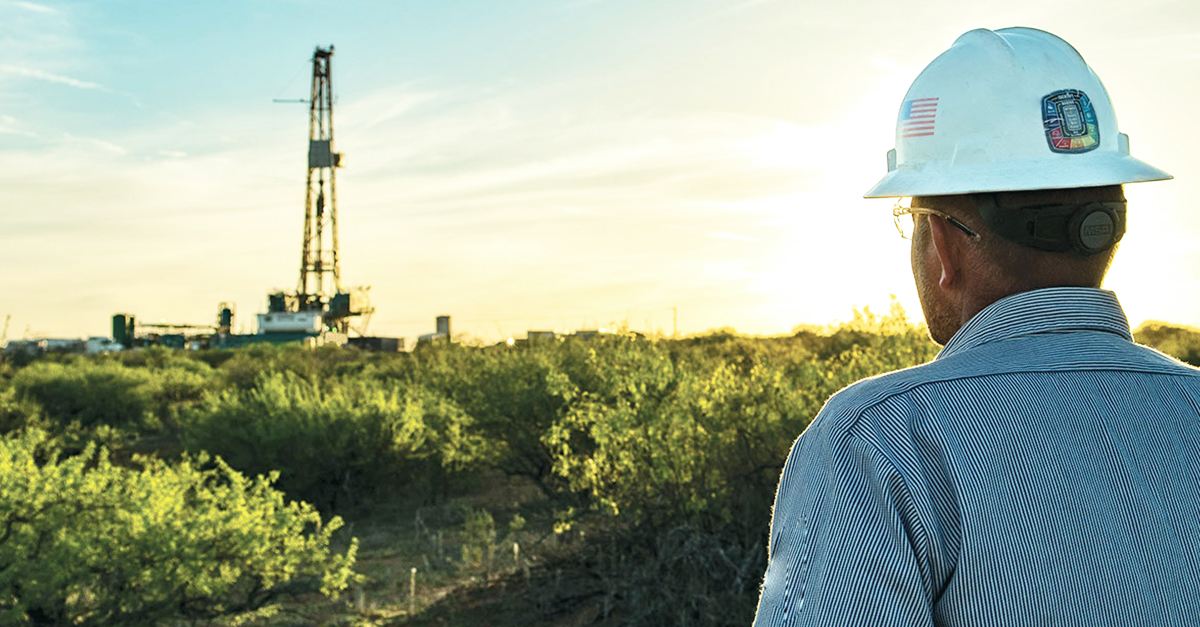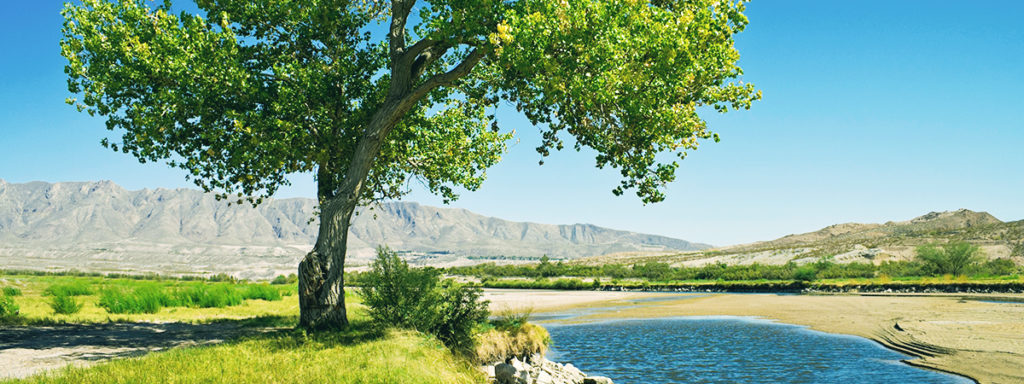Your Questions About Natural Gas, Answered
Natural gas is powering our modern way of life and helping to cut CO2 emissions. Here’s what this energy revolution is all about.
Learn MoreNatural gas is powering our modern way of life and helping to cut CO2 emissions. Here’s what this energy revolution is all about.
Learn MoreFrom defending wildlife to restoring natural habitats, we’re taking a proactive approach to conservation.

April 17, 2020
Across the country, natural gas and oil companies are teaming up with governments, nonprofits and each other to protect endangered species and rehabilitate wetlands. Their work helps to balance the need for energy to fuel our modern way of life with our desire to protect our planet.
Here are four conservation initiatives supported by energy companies:
1) Protecting grizzly bears in Alaska
ConocoPhillips works closely with the Alaska Department of Fish and Game to protect grizzly bears in the region. For over 15 years, the energy company has funded grizzly bear research conducted by the Alaska Department of Fish and Game. Their activities include the collaring of grizzlies in order to obtain information, such as real-time movement data, den locations and grizzly distribution within the development region.
“The first step in learning how to avoid disrupting wildlife with our operations is learning as much as we can about animal populations and behavioral patterns,” said Robyn McGhee, Supervisor, Sciences and Sustainable Development for ConocoPhillips Alaska. The data allows scientists track their movement and ensure that operational activities do not interfere with dens during the hibernation season.
2) Bringing back the lesser prairie chicken
The lesser prairie chicken, a grouse native to the southern high plains of the U.S., was a species at risk, so a coalition of 105 oil and gas operators launched a plan to protect it.
The conservation efforts focus on protecting, improving and restoring native habitat to help lesser prairie chicken populations recover and thrive. Seven million acres have been conserved and more than $66.1 million in funding for conservation programs has been collected. Today, thanks to their efforts, the lesser prairie chicken population is once again growing.
3) Restoring the Pecos Watershed
The Pecos Watershed Conservation Initiative is a collaborative effort between eight natural gas and oil companies, the National Fish and Wildlife Foundation and the U.S. Department of Agriculture’s Natural Resources Conservation Service. The group works to protect rare and endemic species in the Pecos River watershed of eastern New Mexico and West Texas by strengthening habits, restoring native grasslands, and addressing issues around water quality and scarcity that impact wildlife in the area.

The oil and gas companies involved have committed $4.6 million over four years to support these projects. In 2019, the initiative funded 11 projects that will provide immediate benefits to wildlife species and habitats while supporting long-term conservation and restoration goals in the region.
4) Supporting Coastal Resilience Across the Nation
For more than two decades, Shell has worked with National Fish and Wildlife (NFWF) to protect and restore our nation’s wildlife and habitats. In 2018, Shell worked with NFWF to establish the National Coastal Resilience Fund to invest in conservation projects that restore or expand natural features such as coastal marshes and wetlands, dune and beach systems, oyster and coral reefs, forests, coastal rivers and floodplains, and barrier islands that minimize the impacts of storms and other naturally occurring events on nearby communities while also enhancing habitats for fish and wildlife. In 2019, the Fund awarded forty-four new grants totaling $29,339,774. The 44 awards announced generated $59,993,875 in match from the grantees, providing a total conservation impact of $89,333,649.
What is the single biggest reason for the reduction of carbon dioxide emissions in the United States?
Correct! The U.S. Energy Information Administration reported that from 2005-2019, 65% of the decline in CO2 emissions in the electric power sector was attributable to switching from coal-fired to natural gas-fired electricity generation. Learn more about the power of natural gas.
Good try! The U.S. Energy Information Administration reported that from 2005-2019, 65% of the decline in CO2 emissions in the electric power sector was attributable to the switching from coal-fired to natural gas-fired electricity generation. Learn more.
More From API
Read on for in-depth articles about how we’re securing America’s energy future, our efforts to combat climate change, and more.
New innovations make it possible to produce more energy with fewer emissions Combatting emissions of methane, a potent greenhouse gas, […]
Learn MoreBetween now and 2050, according to the Energy Information Administration, the American demand for electricity will increase 1% each year. To […]
Learn MoreWe’re taking five key steps to reduce greenhouse gas emissions
Learn MoreWe use cookies to offer you a better browsing experience, analyze site traffic, personalize content, and serve targeted advertisements. If you continue to use this site, you consent to the use of cookies. Read more about our Privacy Policy and Terms and Conditions.
accept